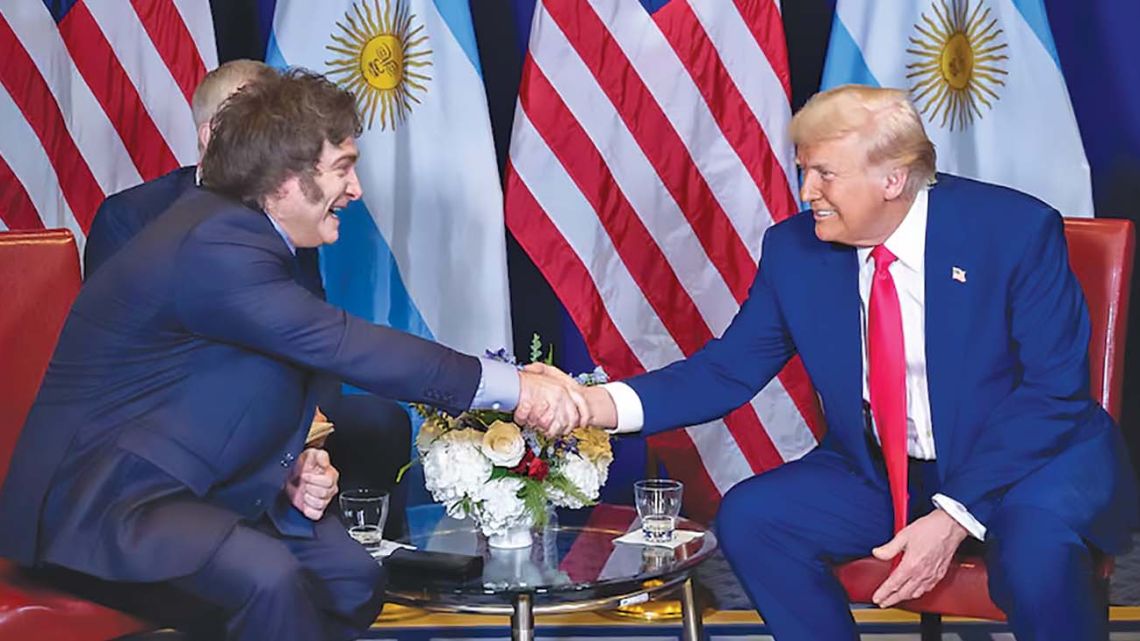President Donald Trump’s tariff announcement on April 2, 2025, sourced from the White House Rose Garden speech, shakes Western Europe with a 20% levy on most nations.
Switzerland, however, reels from a unique 31% tariff, while the UK dodges with a lighter 10%. Trump targets trade deficits, pegging the EU’s at $235.6 billion and Switzerland’s at $38.5 billion in 2024, aiming to boost U.S. jobs.
Most Western European countries, tied to the EU, face the 20% rate, reflecting Trump’s claim of a 39% EU tariff on U.S. goods, halved for “kindness.” Switzerland’s 31% stems from a supposed 61% barrier, though it scrapped industrial tariffs in 2024, leaving only a 32% agricultural rate.
The UK, with a $17 billion deficit, secures the 10% baseline, benefiting from post-Brexit trade dynamics. Businesses brace for fallout as the tariffs, effective April 9, hit exports like Swiss pharmaceuticals, worth $63 billion yearly to the U.S., and EU cars.
Switzerland’s economy, per the KOF Institute, expects a 0.2% GDP drop, costing citizens 200 CHF annually. The EU, trading €4.4 billion daily with the U.S., anticipates higher consumer prices, yet pharmaceuticals escape—for now.
 Trump’s Tariffs Jolt Europe, Switzerland Faces Steepest Cut. (Photo Internet reproduction)
Trump’s Tariffs Jolt Europe, Switzerland Faces Steepest Cut. (Photo Internet reproduction)Trump’s Trade Gamble
Trump’s move fulfills a campaign vow to slash the $1.2 trillion U.S. trade gap, echoing his first-term trade wars. He offers a way out—build in America for zero tariffs—but Europe mulls retaliation. Polls show 75% of Germans favor counter-tariffs, hinting at a brewing trade clash.
Switzerland puzzles over its 31% tag, given its free-trade stance and $36 billion in U.S. investments. Companies like Weleda eye U.S. production shifts, while the EU weighs hitting American tech giants. Markets jitter, with S&P 500 futures dipping 3% after the news.
The real story lies in Trump’s gamble: protect U.S. workers or spark a global trade war. Businesses watch as costs rise, supply chains tangle, and Europe’s response looms large.

 By The Rio Times | Created at 2025-04-03 10:42:19 | Updated at 2025-04-04 18:06:04
1 day ago
By The Rio Times | Created at 2025-04-03 10:42:19 | Updated at 2025-04-04 18:06:04
1 day ago








